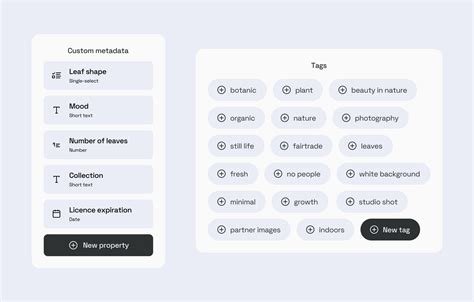Title: Is it possible to update metadata after minting a coin on Solana?
Introduction:
When creating a token on Solana, one of the key decisions is what features and information you want to include. Creating a new token may involve updating metadata, which may seem like an obvious task, but its practicality depends on various factors. In this article, we will explore whether it is possible to update metadata after minting a coin on Solana.
Creating a token:
According to the official Solana documentation, creating a token involves several steps:
- Setting up your wallet
- Connecting to the Solana network using the Solana CLI or an API client
- Merging funds to create a new account
- Creating a contract (in this case, a token contract)
Updating metadata:
Once you have created your token contract, updating metadata is relatively simple. However, there are some potential considerations and challenges.
- Contract ABI: When updating metadata, the ABI (Application Binary Interface) of the contract must be updated to reflect the changes. This means recompiling or rebuilding the contract with the new metadata.
- Transaction Fees: Updating a token’s metadata can increase transaction fees, especially if you make multiple updates. This is because Solana requires that each update have its own transaction fee.
- Stability and Testnet Considerations: If your token was created on the testnet, updating the metadata may affect the stability of the token or require additional testing before deployment.
Is it possible?
While it is possible to create a new contract with updated metadata, Solana does offer some limitations:
- Maximum Chain Blocking Time (CTB): The maximum CBT for all accounts on a chain is 2 minutes. If you update the metadata during this time frame, the update may be skipped or delayed.
- Smart Contract Update Limitations: Solana has a limit of 64 bytes per smart contract function. Updating metadata larger than this may require rewriting the entire contract.
Alternatives and Workarounds:
If updating the metadata is too complex or time-consuming, consider the following alternatives:
- Use a pre-existing token: If you have already created your token on another chain or platform, check their documentation for metadata updates.
- Use a different Solana programmatic interface:

Instead of using the
solana programsAPI, try using thesolana programsCLI with the--updateflag to update your contract without rebuilding it.
Conclusion:
While updating metadata after a coin is minted on Solana is possible, its feasibility depends on various factors, including the complexity of the token requirements and the resources available. If you are short on time or experience, exploring alternative solutions may be more practical.
For those willing to take on the challenge, consider using tools such as the “solana programs” CLI with the “–update” flag or pre-existing token examples from other chains. By understanding the intricacies of Solana’s contract programming model, you can better plan and execute updates for your token.
Is this guide up to date?
For the most accurate information, I recommend checking the official Solana documentation, especially the [Token Guide]( and any relevant announcements. While we have covered the general process of updating metadata on Solana, it is always a good idea to check the latest guidelines and updates before implementing new features in your token contract.
Update:
As of this writing, Solana’s latest guides are still being developed based on their newer Token Guide. If you are creating or updating a token, please refer to the official [Token Guide] ( for the latest information on how to create and manage tokens on Solana.